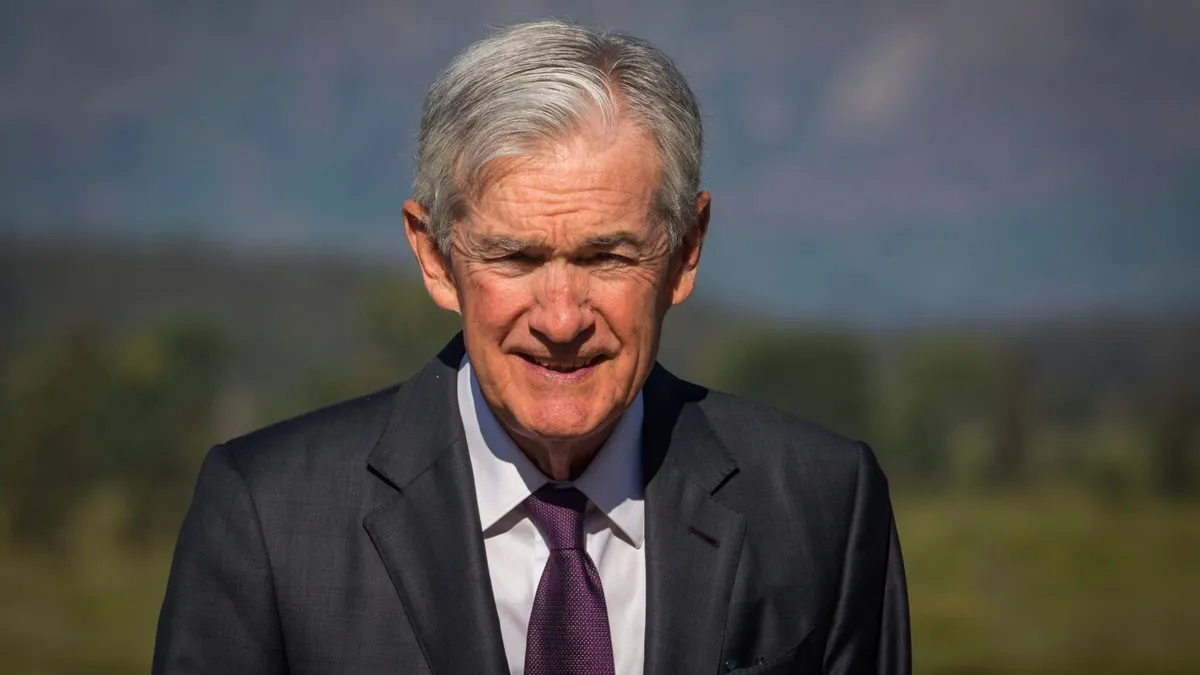
In a significant turn of events, Federal Reserve Chair Jerome Powell has hinted at the possibility of cutting the key interest rate in the near future. This announcement comes amidst mounting pressure from the White House, particularly from President Donald Trump, who has been vocal about his desire for lower borrowing costs. Now, Powell faces the challenge of implementing any rate cuts without conceding to political influence.
For months, Powell has largely resisted Trump's persistent calls to reduce borrowing costs. However, during a highly anticipated speech at an economic symposium in Grand Teton National Park, Wyoming, he indicated that a rate cut could be on the agenda as early as the Fed's next meeting in September. This potential decision is complicated by ongoing economic concerns, including persistent inflation and a possible rebound in economic activity in the latter half of the year. Such dynamics could render a rate cut premature.
President Trump has argued that there is "no inflation" and has suggested that cutting rates would lower the government's interest payments on its staggering $37 trillion debt. In contrast, Powell's rationale for a potential rate cut stems from his concerns regarding a weakening economy. He noted a significant slowdown in economic growth, which has dropped to an annual rate of 1.2% in the first half of the year, down from 2.5% the previous year. Additionally, Powell pointed out a marked decline in the demand for workers, which poses a threat to employment levels.
Despite the possibility of a rate cut, Powell emphasized the need for caution. He highlighted that tariffs are contributing to rising prices, which could further exacerbate inflation. Fed officials are closely monitoring these trends, as they could complicate any decision to reduce rates. Currently, the Fed's key short-term interest rate stands at 4.3%, with Trump advocating for a drastic reduction to 1%—a level no Fed official supports.
Regardless of how the Fed moves forward, it is likely to assert its longstanding independence. A politically autonomous central bank is deemed essential for controlling inflation effectively. This independence allows the Fed to take necessary actions, such as raising interest rates to stabilize the economy, which might be politically unpalatable for elected officials. The Fed's interest-rate setting committee comprises 19 members, 12 of whom have voting rights on rate decisions.
In a recent interview, Beth Hammack, president of the Federal Reserve’s Cleveland branch, reiterated her commitment to the Fed’s independence. She stated, "I’m laser-focused on delivering good outcomes for the public and try to tune out all the other noise." Hammack, along with several colleagues, expressed concern about persistent inflation, indicating that it remains too high and straying from the Fed's goals.
As Trump amplifies his pressure on the Fed, he recently threatened to fire Fed Governor Lisa Cook if she did not resign. This tactic comes in the wake of allegations regarding Cook's real estate transactions, which she denies. If Cook were to be removed, it would provide Trump an opportunity to appoint a loyalist to the Fed's governing board, impacting future interest rate decisions.
Powell, who was appointed by Trump in late 2017, has faced considerable scrutiny from the President in the past, especially over interest rate hikes. Michael Strain, director of economic policy studies at the American Enterprise Institute, noted that Powell has a track record of resisting pressure from the President. As Powell’s term as chair approaches its conclusion in approximately nine months, the stakes are high for both the Fed and the broader economy.
As the Fed navigates these turbulent waters, the potential for worsening inflation combined with continued hiring could force Powell and his colleagues to reconsider their approach. If inflation escalates while employment remains steady, the Fed may need to reverse course and increase rates again next year, which could damage its credibility in maintaining low and stable price inflation.